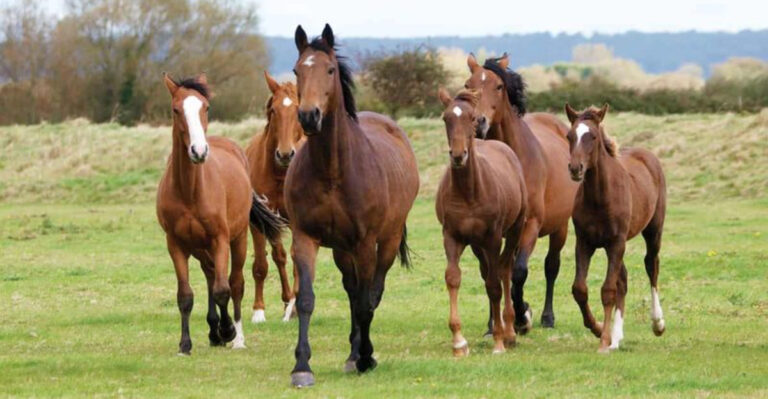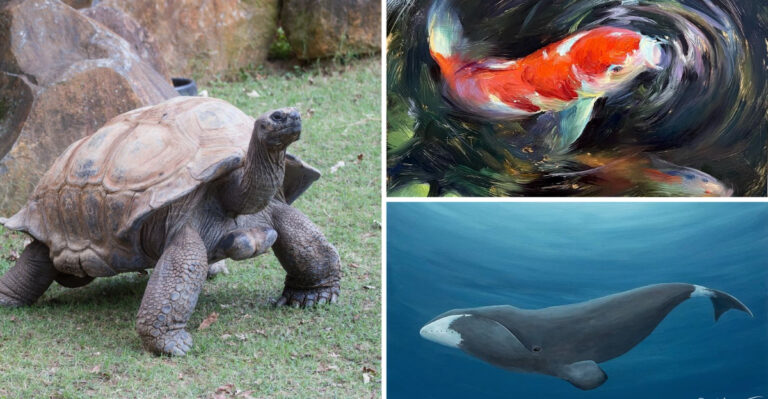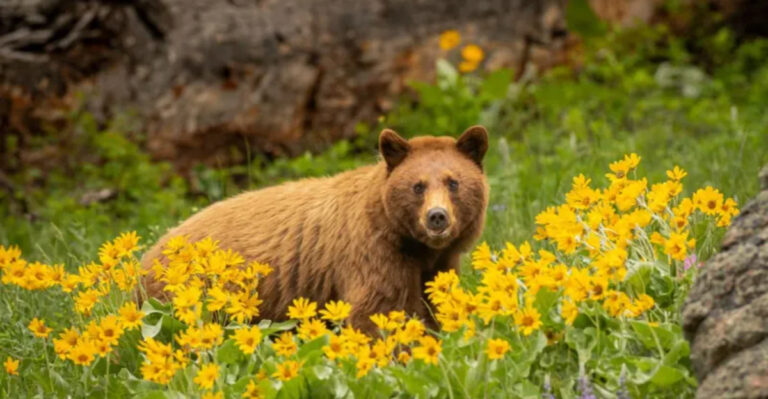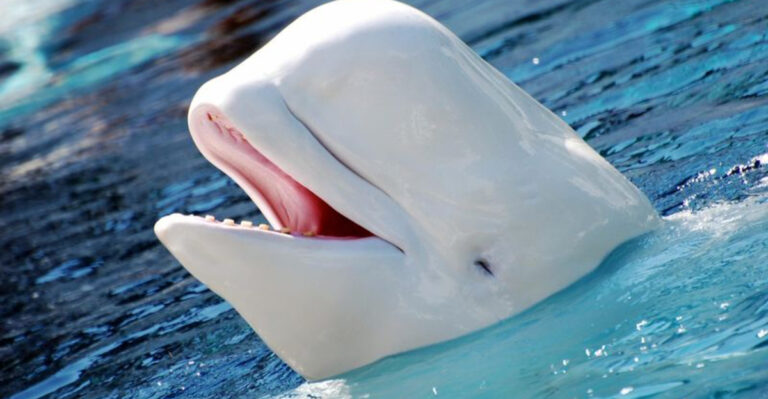How The Extinction Of Giant Sloths Reshaped The Mojave Desert
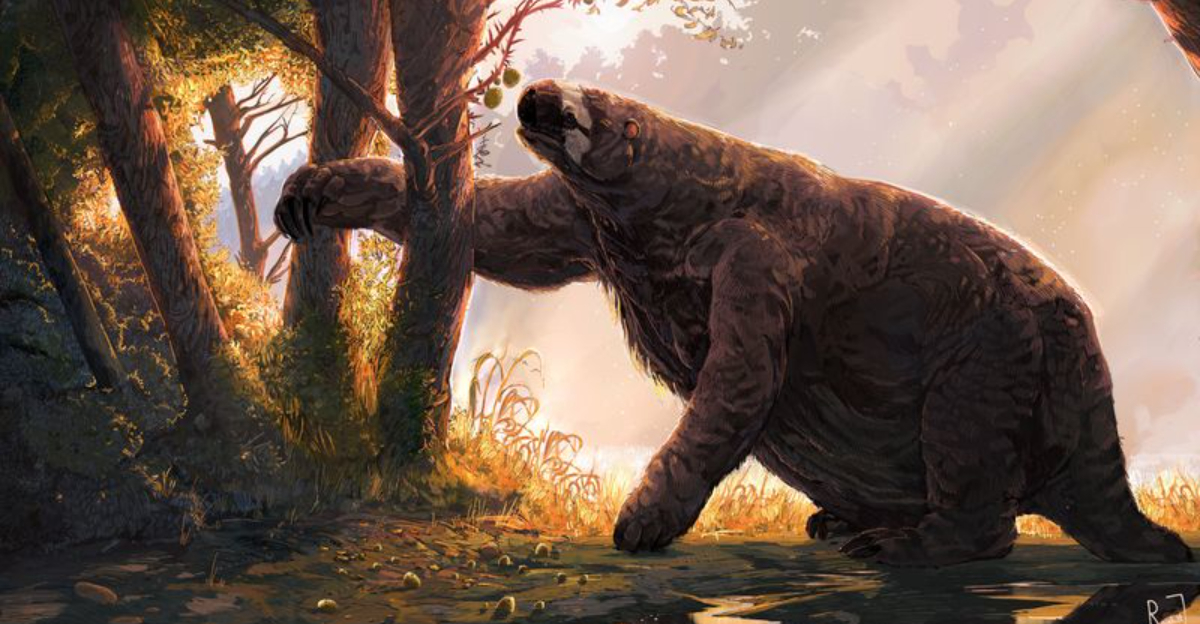
Thousands of years ago, massive ground sloths roamed the Mojave Desert, shaping the landscape with their huge bodies and unique eating habits.
When these car-sized creatures disappeared around 10,000 years ago, they left behind a dramatically altered ecosystem.
Their extinction triggered a chain reaction that changed everything from plant distribution to water flow across this harsh desert landscape.
1. The Prehistoric Giants: Who Were The Giant Sloths?
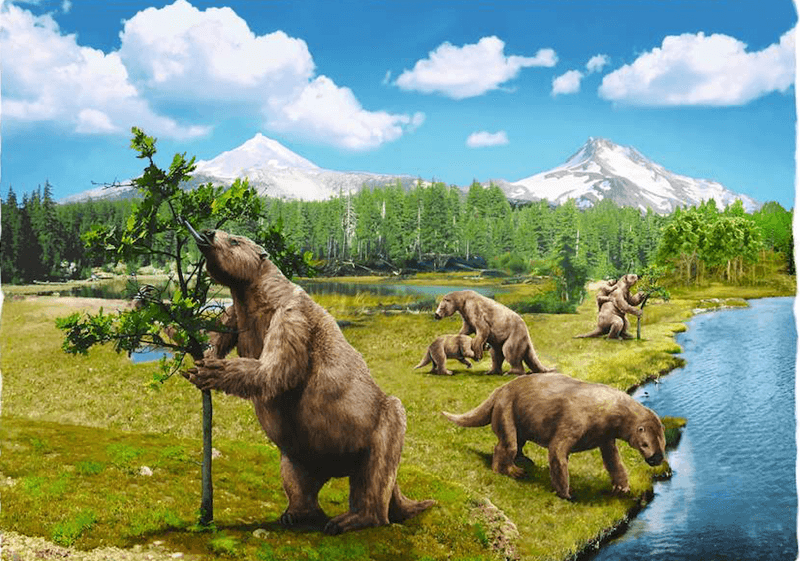
Giant sloths were massive prehistoric creatures that roamed the Americas during the Pleistocene epoch. Belonging to the family Megatheriidae, these herbivores could reach sizes up to 20 feet in length and weigh several tons.
Unlike modern sloths, they were ground-dwelling and used their powerful limbs and large claws to browse on vegetation and defend themselves.
Despite their size, they are believed to have been relatively slow-moving, much like their modern relatives.
2. Exploring The Prehistoric Landscape Of The Mojave Desert

The Mojave Desert, known for its stark beauty, was once home to a rich and diverse prehistoric landscape. Thousands of years ago, it was teeming with life, from giant mammoths to saber-toothed cats.
Fossils found throughout the region offer a glimpse into this lost world, where vast lakes and lush environments were drastically different from the arid terrain seen today.
As climate and landscapes changed, so did the species, leading to the extinction of many prehistoric animals.
3. The Mysterious Vanishing Of The Gentle Giant: What Happened?
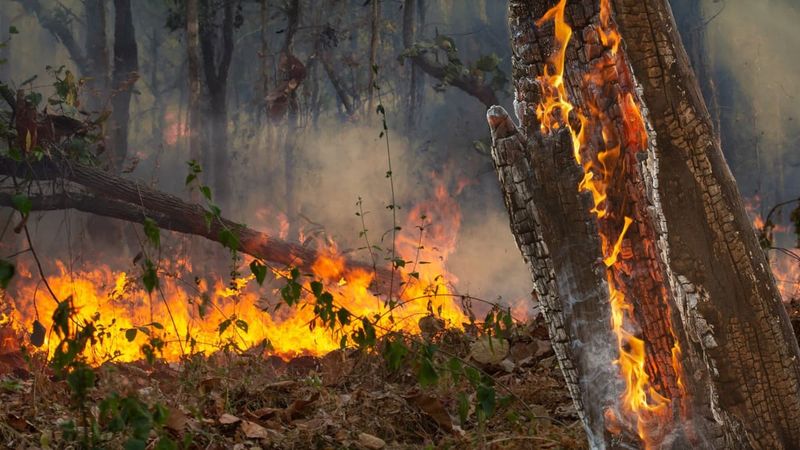
The extinction of giant sloths, some of the largest land mammals, occurred around 10,000 years ago. Their disappearance is attributed to a mix of climate change and overhunting by early humans.
As the Ice Age ended, shrinking habitats and rising temperatures reduced their food sources, while human hunting likely sped up their decline.
Today, their fossils offer a glimpse into the past, reminding us of the impact environmental changes and human activity can have on species.
4. Vanishing Seed Dispersers
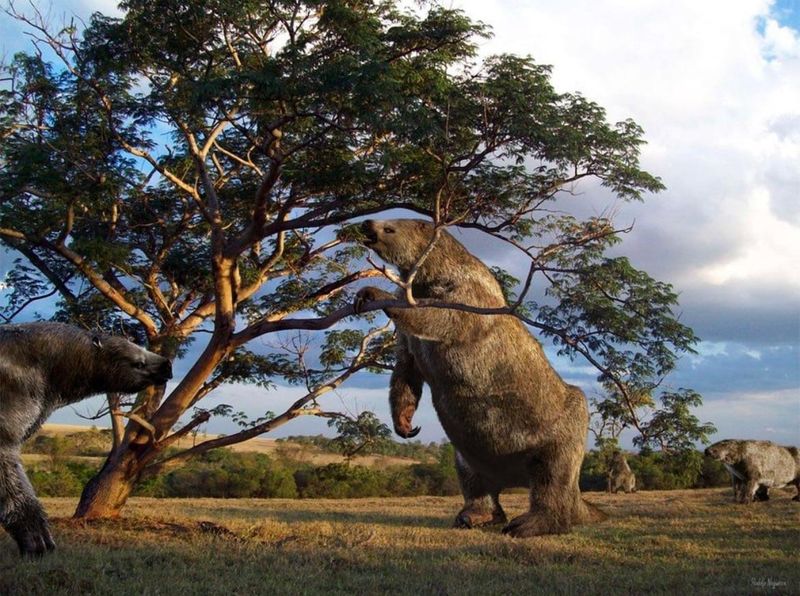
Giant sloths were nature’s gardeners in the ancient Mojave. These enormous creatures consumed large fruits whole, carrying seeds miles away from parent plants before depositing them in their dung.
The result? Widespread seed distribution that created diverse plant communities.
Without these massive seed movers, many plants lost their primary distribution method. Joshua trees, in particular, struggled to spread effectively, becoming isolated in patches rather than forming the expansive forests that once characterized the region.
5. Disappearing Dung Piles
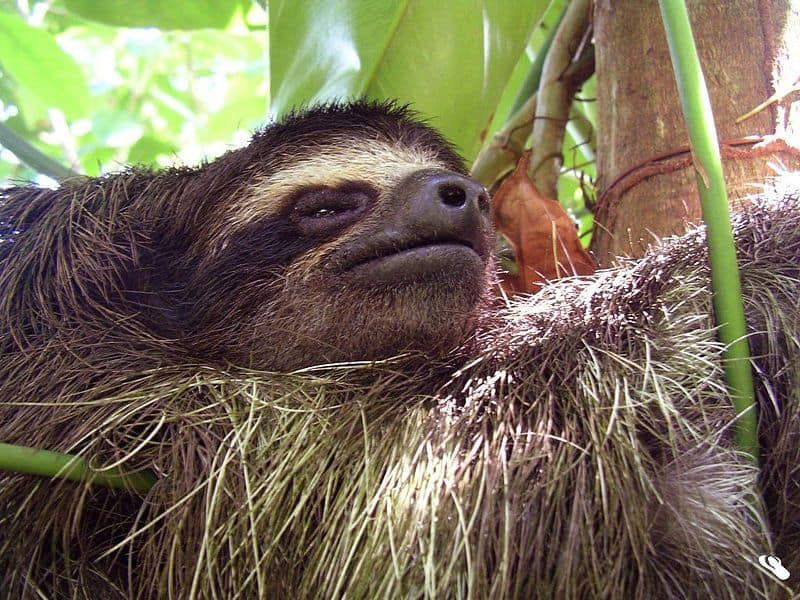
The enormous droppings from giant sloths created nutrient-rich hotspots throughout the desert. Each pile was like a natural fertilizer factory, releasing nitrogen and other minerals slowly into the sandy soil around it.
When sloths vanished, these nutrient bombs disappeared too. Modern Mojave soil is notably poor in certain minerals compared to ancient samples.
Many plant species that once thrived in these enriched spots struggled to adapt to the uniformly harsh conditions that followed.
6. Shrinking Water Holes
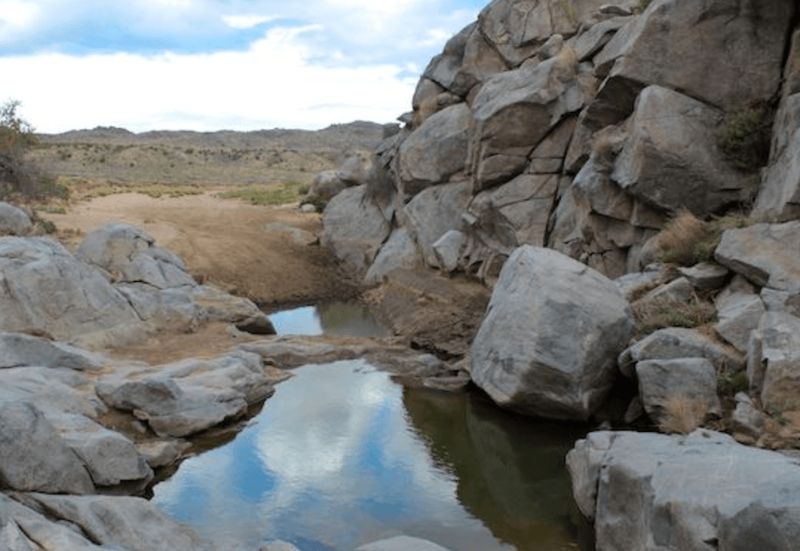
Giant sloths were surprisingly effective engineers who dug deep depressions searching for water and minerals. Their massive claws could excavate substantial holes that collected rainwater, creating oases in the parched landscape.
These sloth-made water holes supported entire microecosystems. Small animals, insects, and specialized plants gathered around these precious water sources.
After the sloths disappeared, many of these life-sustaining depressions gradually filled with sand, eliminating crucial water access points for countless desert species.
7. Vegetation Density Transformation
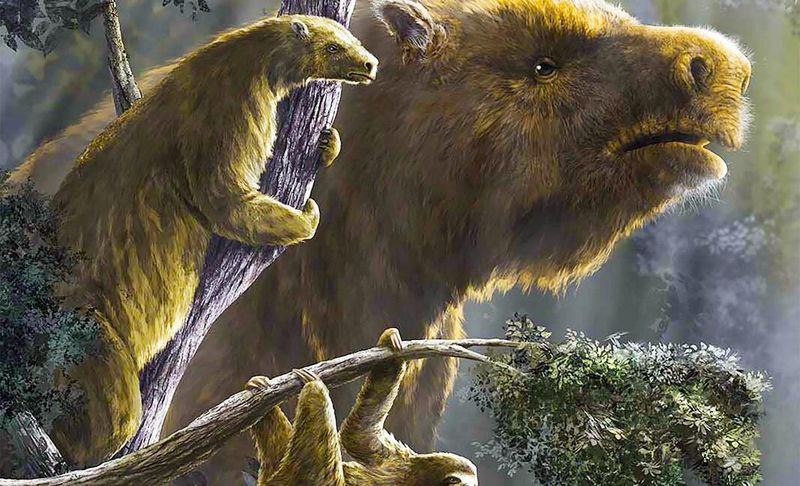
Giant sloths were living bulldozers, knocking down smaller plants and creating clearings as they moved through the landscape.
Their massive bodies trampled some areas while leaving others untouched, creating a natural patchwork of vegetation density.
After their extinction, this natural thinning mechanism disappeared. Certain plants began growing unchecked in dense thickets.
Modern satellite analysis comparing ancient pollen records with current vegetation patterns reveals dramatic changes in plant spacing and community structure directly linked to the absence of these megaherbivores.
8. Joshua Tree Mystery Solved
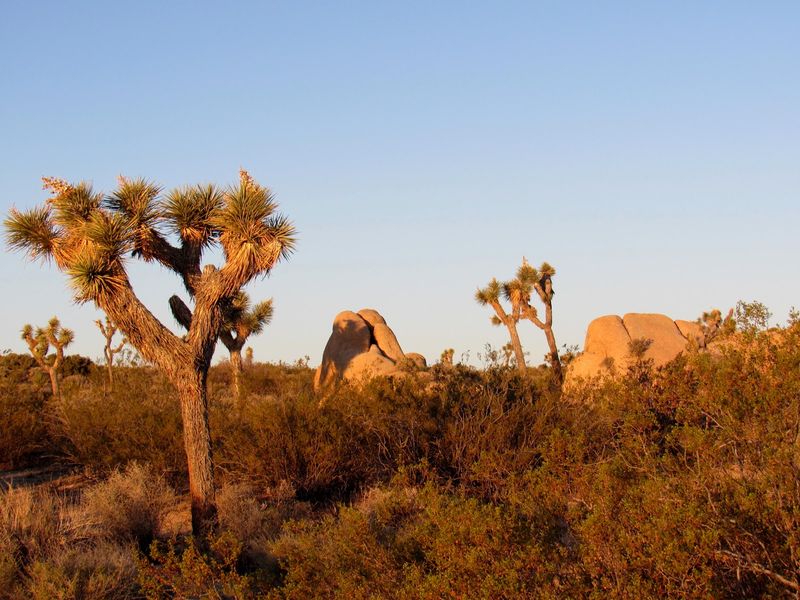
Joshua trees have puzzled scientists for generations. These iconic desert plants produce large, nutritious fruits seemingly designed for large animals – yet nothing alive today eats them effectively.
The mystery was solved when researchers realized giant sloths were the Joshua tree’s primary evolutionary partners. The trees evolved specifically to attract these massive creatures!
Without sloths to disperse their seeds, Joshua trees now reproduce primarily through root sprouting, dramatically limiting their genetic diversity and ability to adapt to changing conditions.
9. Fire Pattern Revolution
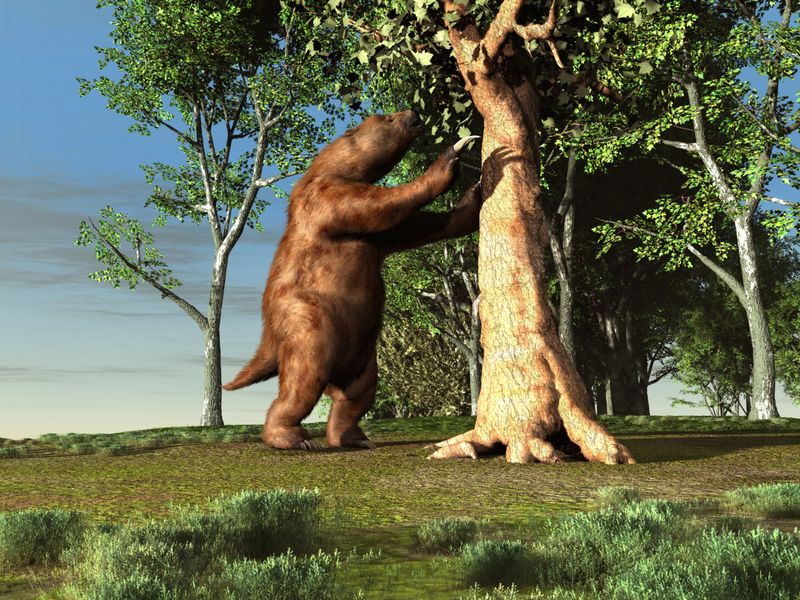
The Mojave we know today burns in ways ancient versions never did. Giant sloths created natural firebreaks by consuming vast amounts of vegetation and creating cleared pathways throughout the landscape.
Their browsing habits prevented the continuous fuel load that allows modern wildfires to spread rapidly. After sloth extinction, plant material accumulated in uninterrupted stretches.
When lightning strikes today, fires can race across landscapes that once would have contained natural barriers. This shift has forced many plant species to develop new fire adaptations.
10. Plant Defense Mechanism Mismatch
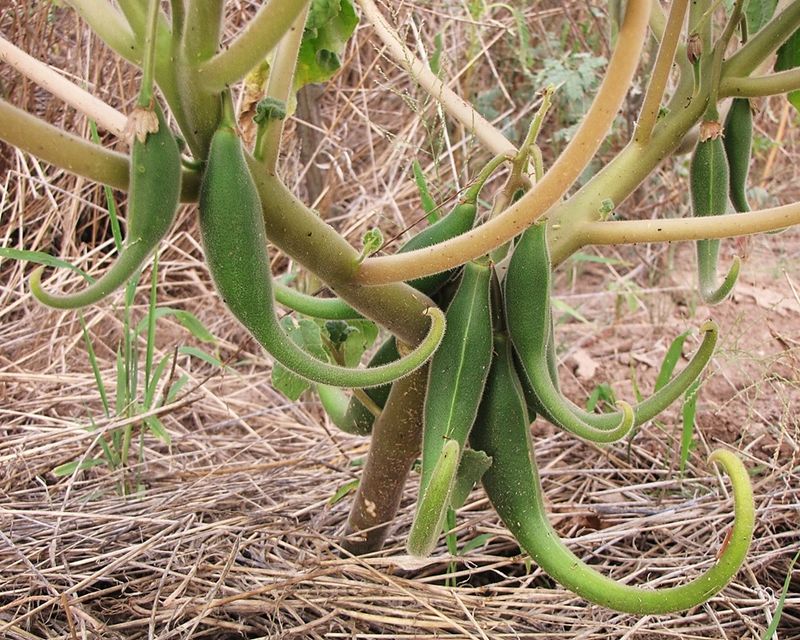
Many Mojave plants still carry defense mechanisms against enemies that no longer exist. The spines on certain cacti, for example, evolved specifically to deter giant sloths from eating them whole.
These protective features required significant energy investment from plants. Without sloths around, these defenses became evolutionary dead weight – useful against extinct browsers but unnecessarily robust against modern herbivores.
Some plants have slowly reduced these defenses, while others maintain their ancient protection systems, revealing which species adapt quickly versus slowly.
11. Soil Compaction Changes

Weighing up to 2,000 pounds, giant sloths compacted soil with every step. Their massive weight created a network of compressed pathways throughout the Mojave, affecting water absorption and root penetration patterns.
Without these natural soil engineers, desert soil structure changed dramatically. Areas once compacted gradually loosened, allowing faster water penetration but also quicker evaporation.
Modern soil analysis shows distinctly different layering patterns compared to ancient samples, directly impacting which plant species thrive in various areas.
12. Changed Water Drainage Patterns
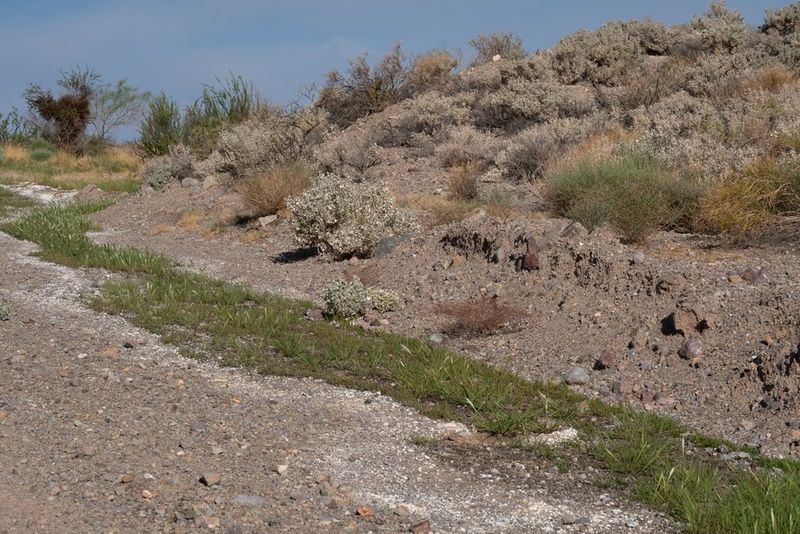
The heavy footsteps of giant sloths created small depressions that altered how water flowed across the desert after rainstorms. These natural catchments slowed runoff, allowing more moisture to penetrate the soil.
Without sloths reshaping the landscape, water drainage patterns changed dramatically. Flash floods became more common and destructive as water raced across uninterrupted surfaces.
Certain plant communities that depended on these slowed water patterns struggled to survive, while others adapted to the new hydrology.


